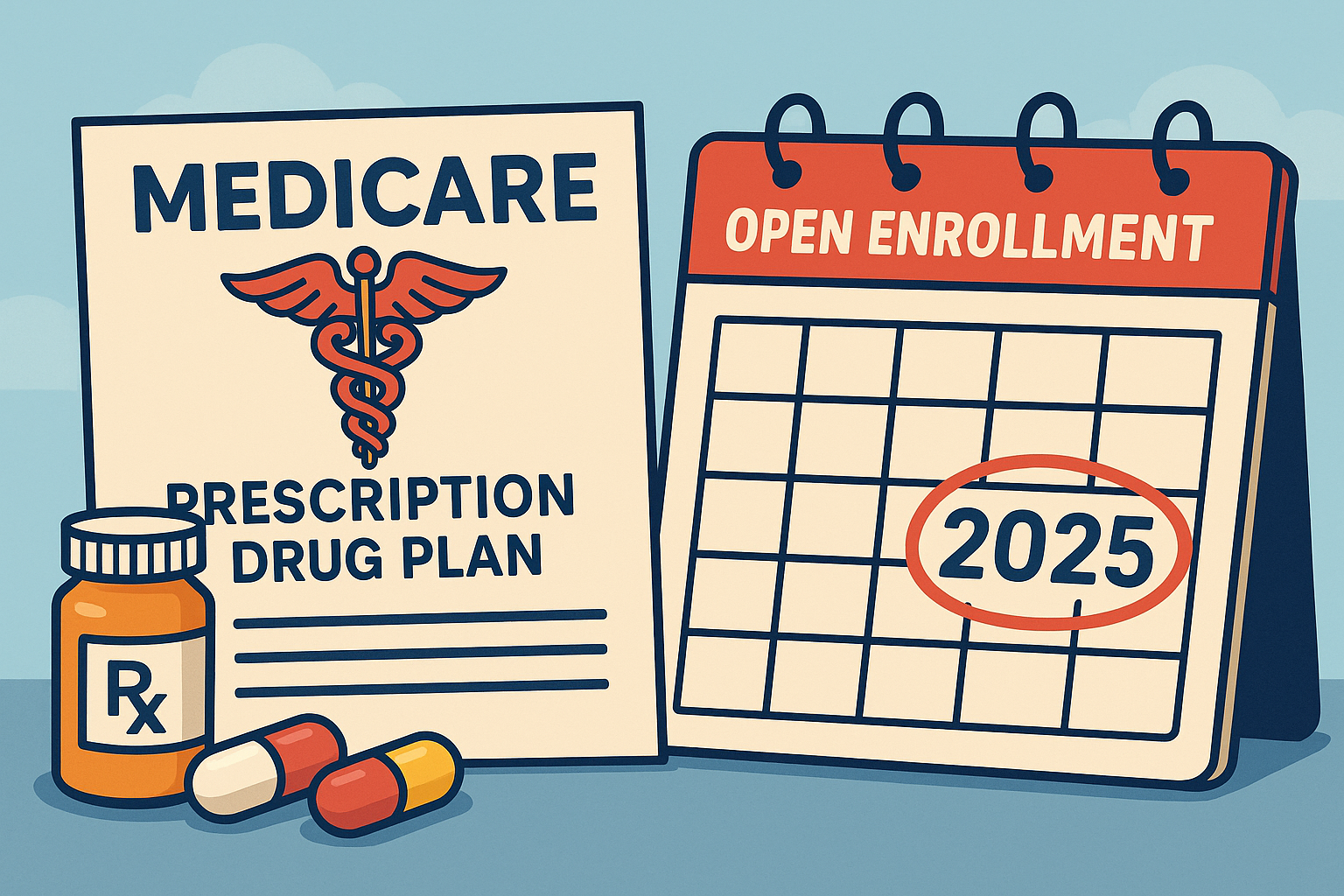On July 08, 2018 the Trump administration announced it would temporarily suspend a program that helps health insurers in the individual market cover the costs of high-risk enrollees, injecting further uncertainty into the health insurance markets, one that could lead to higher premiums and fewer insurers offering coverage.
The reduction
The second round of cuts that began last summer – will shrink the federal funds devoted to the groups, known as Navigators, from $36.8 million to $10 million for the enrollment period that starts in November. Sound familiar? It should.
It’s just the latest of Trump administration efforts to minimize the Affordable Care Act (ACA), including a similar effort from last October when the administration abruptly cut off reimbursement payments to health insurers for subsidies they provide to consumers with low incomes. (That action caused North Carolinians to suffer an additional hike of 14.1 percent for N. Carolina Blue’s this year.)
The insurance industry is sounding the alarm about this decision. America’s Health Insurance Plans (AHIP) released a statement shortly after the announcement:
“We are very discouraged by the new market disruption brought about by the decision to freeze risk adjustment payments. This decision comes at a critical time when insurance providers are developing premiums for 2019 and states are reviewing rates. This decision will have serious consequences for millions of consumers. It will create more market uncertainty and increase premiums for many health plans – putting a heavier burden on small businesses and consumers, and reducing coverage options.”
Paying The Price
Suspending the Risk Adjustment program means insurers who cover sicker enrollees are missing out on billions of dollars they were promised under the law, and if the fund transfers aren’t restored, it’s likely consumers who will pay the price. (Risk adjustment programs exist in order to maintain a functioning health insurance market in which insurers cannot discriminate against people with pre-existing conditions.)
The ACA’s Risk Adjustment program requires insurance companies that enroll relatively healthier populations to transfer funds to companies who enrolled older, sicker, and higher-risk enrollees. This in effect, creates a disincentive for insurers to game the system (to the extent they can under the ACA) in an effort to avoid covering high risk patients. The Impact on market stability is potentially significant. Only time will tell. Stay tuned…



